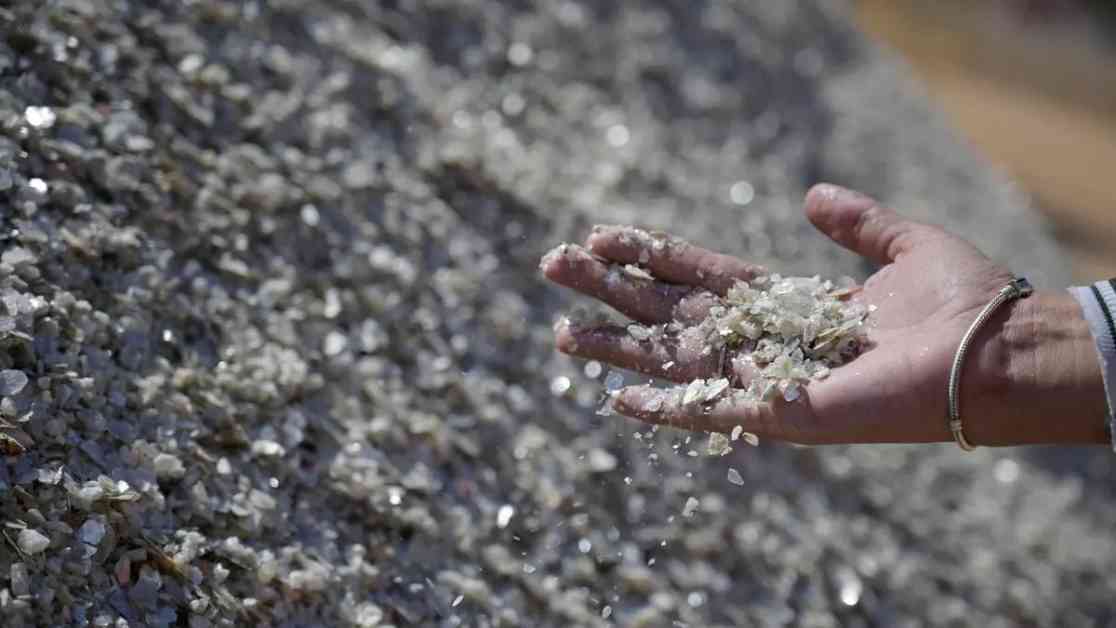The Government’s Strategic Embrace of Rare Earth Extraction for Clean Energy
In a bid to fortify the supply chain for critical minerals and clean energy endeavors, the government has set its sights on expanding the extraction and refining capacity of rare earth elements (REEs). Minister of State for the Prime Minister’s Office (PMO), Jitendra Singh, recently revealed this strategic move in a written response to the Rajya Sabha. The focal point of this initiative is the Indian Rare Earths (IREL) Plant in Chatrapur at Ganjam, Odisha, where an expansion project has been set in motion in the fiscal year 2025. This project aims to augment the annual capacity of mineral production by a substantial 2,00,000 tons and enhance the operational efficiency of the plant.
Economic Implications and Technological Advancements at IREL
As the government doubles down on rare earth extraction, it is not merely a boost to clean energy but also a catalyst for economic growth in the region. Minister Jitendra Singh emphasized the economic ripple effects of IREL’s operations, as the minerals produced by the plant are utilized by a myriad of Micro, Small, and Medium Enterprises (MSMEs) in the vicinity. This symbiotic relationship between IREL and the local businesses has not only enhanced economic growth but also bolstered employment opportunities in the region.
Furthermore, IREL is actively incorporating cutting-edge technologies to ramp up the production of atomic minerals, particularly rare earth-bearing minerals. The infusion of Capital Expenditure (CAPEX) has been instrumental in this technological evolution, underscoring the plant’s commitment to staying at the forefront of production efficiency and output optimization. Minister Singh affirmed that the plant currently faces no significant challenges in terms of infrastructure, technology, or market demand, indicating a smooth sailing for IREL’s expansion endeavors.
IREL’s Geographical Footprint and Production Milestones
IREL’s presence is not confined to Chatrapur in Ganjam, Odisha; it also boasts plants in Chavara deposit in Kollam district, Kerala, and Manavalakurichi in Kanyakumari district, Tamil Nadu. In the fiscal year 2024, IREL reported a record mineral production of 5.31 lakh tonnes, marking a notable growth of 3.3 percent year-on-year. This milestone production figure not only underscores IREL’s operational prowess but also hints at the plant’s trajectory towards becoming a cornerstone in the rare earth extraction landscape.
International Acknowledgment and Collaboration for Energy Security
In a significant nod to India’s strides in the clean energy sector, the US Bureau of Industry and Security (BIS) recently removed restrictions on Indian entities like IREL, Bhabha Atomic Research Centre (BARC), and Indira Gandhi Atomic Research Centre (IGCAR). The lifting of these restrictions is poised to unlock new avenues for advanced energy cooperation between the US and India. Principal Deputy Assistant Secretary of Commerce for Export Administration, Matthew Borman, emphasized that this move will pave the way for closer collaboration in securing resilient critical minerals and clean energy supply chains.
The removal of these restrictions is a testament to the shared energy security needs and goals of both nations. It not only signifies a step towards fostering bilateral cooperation but also highlights the pivotal role that India’s rare earth extraction capabilities play in the global clean energy landscape. As India continues to make strides in boosting clean energy through rare earth extraction, the synergistic collaboration between nations heralds a promising future for sustainable energy solutions.
With a strategic focus on rare earth extraction, IREL is not only driving innovation in clean energy production but also catalyzing economic growth and international collaboration. The symbiotic relationship between rare earth extraction and clean energy is poised to shape a sustainable future for generations to come.























